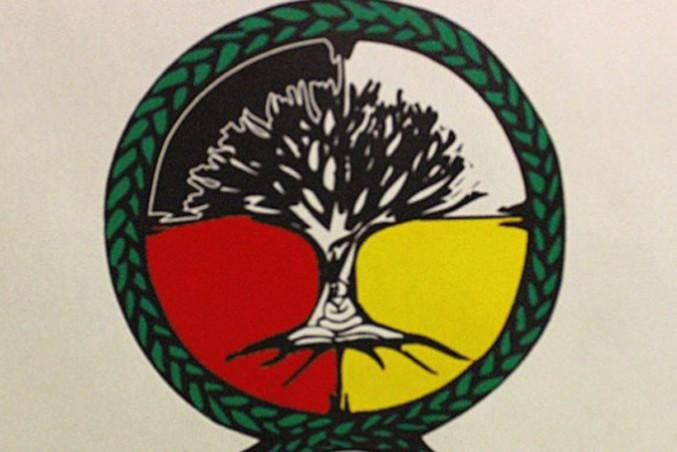By Zahraa Hmood
Ryerson University hosted the Toronto premiere of “A Truth to be Told” on Saturday, Nov. 12, a film about the Sixties Scoop in the Spallumcheen (or Splatsin) First Nations community of British Columbia.
This screening was a part of day-long symposium held at the university, Activist Media Archives: De/Materializing Bodies, presented by the Studio For Media Activism and Critical Thought.
Dr. Raven Sinclair is the executive producer of the film, and was present at the screening Saturday night. She is Cree/Assinniboine/Saulteaux from Gordon’s First Nation and an associate professor in social work at the University of Regina in Saskatoon.
As an Indigenous health researcher, the Indigenous child removal system in Canada, as she refers to it, has been a prime focus of her work, as well as the Sixties Scoop, of which she is a survivor.
An eight-year production, “A Truth to be Told” features interviews with various members of the Spallumcheen community, sharing their memories of the times before, during, and after the 1960s.
She says one aspect of this project was healing through storytelling. “Most people don’t know about the Sixties Scoop; they don’t know about the Indigenous child removal system. So, those stories have really been in this space of silence.”
The Sixties Scoop was a practice of taking Indigenous children in Canada from their families and communities and into the child welfare system. The 1960s saw a significant overrepresentation of Indigenous children in this system, which continues to this day. Those who survived this practice cite trauma as a result of the abuse they faced in foster care, and from being removed from their families.
Before the film, Sinclair explained the purpose of this practice. By disconnecting Indigenous children from the land, their families, culture, and way of life, the project of settler colonialism could be accomplished; therefore, land could be claimed for the state’s purposes, with no resistance from the Indigenous peoples.
In the film, Spallumcheen First Nation Chief Wayne Christian says many of the children placed in the state’s care never return to the reserves. The National Collaborating Centre for Aboriginal Health said in a report that the main reason they enter the system is “neglect,” due to factors beyond parents’ control.
After the premiere, members of the Spallumcheen community joined the audience for a discussion period over Skype. They included director Deanna Leon, her son, photographer and videographer Aaron Leon, and Rosalind Williams, who helped with work on the film.
They discussed how in 1983, a by-law was passed that gave the community jurisdiction over their children, something no other band in Canada has achieved.
The film contains sadness, but overall is focused on the healing of survivors, and bringing the community together through understanding and empathy. Children are seen finally able to connect with their grandparents and elders, and them able to share their knowledge.
Deanna Leon says that this approach was intended, as to not re-traumatize survivors, and also to deliver a message: “We are resilient.”
Overall, Sinclair says the process being the film was very spirit-driven: “The ancestors really wanted the stories to be told. If it has an influence on some people to think more critically about Indigenous child welfare, think more critically about colonial history, then that’s what we want.”











Unis
Nothing can “connect” you back to your family . Your a past wound , hard to heal . There is No history to bond the hole of the disappearance of your being .
You will always be the scar of brokenness , for everyone in your family. I speak from experience.